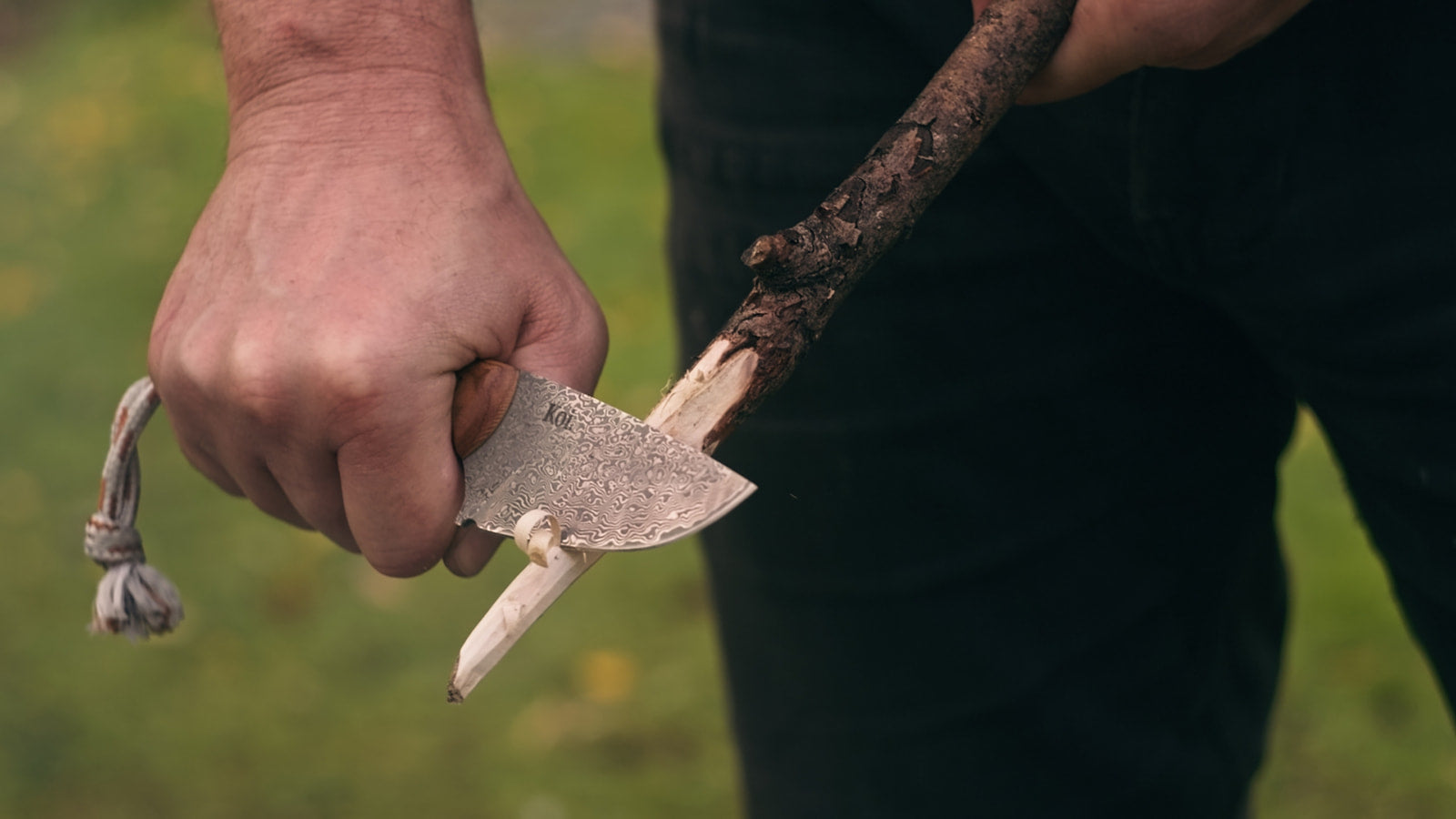Exploring the vast expanses of remote Australian landscapes is an adventure like no other.
In rugged terrain, a pocket knife isn’t just handy. It’s essential. But how do you keep it in top shape?
This post is about why maintaining your pocket knife matters in outdoor settings. From basic cleaning to proper storage, we’ll equip you with essential techniques to keep your blade sharp and ready for any challenge nature throws your way.
Understanding Pocket Knives
Pocket knives are versatile tools designed for everyday carry and outdoor use. In the Outback, where self-reliance is paramount, a pocket knife becomes indispensable.
Definition and Purpose of Pocket Knives
A pocket knife is a compact folding knife that fits conveniently into your pocket or pack. Its primary purpose is to handle various cutting tasks efficiently. From slicing food to cutting ropes and branches, a pocket knife offers utility in a compact package.
Benefits of Carrying a Pocket Knife in the Outback
Carrying a pocket knife in the Outback provides numerous advantages. Firstly, it enhances your preparedness for unforeseen situations, allowing you to tackle various tasks easily. Secondly, it fosters self-reliance and resourcefulness, essential for survival in remote environments. Additionally, a pocket knife promotes safety by providing a tool for handling emergencies and daily challenges alike.
Factors to Consider When Choosing a Pocket Knife for Outdoor Use
When selecting a pocket knife for outdoor use, several factors warrant consideration. The blade material, locking mechanism, and overall durability are crucial aspects to assess. Furthermore, factors like blade shape, handle ergonomics, and weight contribute to the knife’s usability and comfort during prolonged use.
Ultimately, choosing the right pocket knife involves balancing functionality, durability, and personal preferences to ensure optimal performance in the Outback.
Essential Care Techniques
Maintaining your pocket knife in the rugged Outback requires attention to detail and proper care techniques to ensure its longevity and optimal performance. Let’s look into the essential care techniques you need to master:
A. Cleaning and Oiling
Cleaning your pocket knife after each use is paramount to prevent corrosion and rust, especially in the harsh conditions of the Outback. Simply wipe the blade with a damp cloth and mild soap, removing any dirt or debris accumulated during outdoor adventures. Pay special attention to the pivot area and handle, where grime tends to build up.
Once cleaned, thoroughly dry your knife to prevent moisture from lingering and causing damage. A damp blade is a breeding ground for rust, which can compromise its structural integrity over time. After drying, apply a light coat of oil to the blade and handle to provide a protective barrier against moisture and friction.
Choose a high-quality lubricant specifically designed for knives and apply it sparingly to avoid excess buildup. This simple step safeguards your knife against corrosion and ensures smooth and effortless operation during use.
B. Sharpening
A sharp blade is a safe blade, especially when navigating the challenges of the Outback. Regular sharpening is essential to maintain the edge of your pocket knife and enhance its cutting performance. Invest in a quality sharpening stone or honing rod to keep your blade razor-sharp and ready for any task.
Begin by assessing the condition of your knife’s edge and determining the appropriate sharpening angle based on its design and intended use. Using gentle, consistent strokes, glide the blade across the sharpening surface, alternating sides to achieve a uniform edge.
Avoid applying excessive pressure, as this can result in uneven sharpening and potential damage to the blade. Instead, maintain a steady rhythm and let the sharpening stone or rod do the work. Remember, patience and precision are key to achieving optimal results.
C. Storage
Proper storage protects your pocket knife from environmental elements and potential damage. After cleaning and oiling, store your knife in a dry, secure location away from moisture and extreme temperatures. Consider investing in a durable sheath or pocketknife case to provide added protection during transport and storage.
Avoid storing your knife in humid or damp environments, as this can promote rust and corrosion over time. Opt for well-ventilated storage solutions that allow air circulation and minimise moisture buildup.
Common Mistakes and Misconceptions
Neglecting regular maintenance tasks can drastically reduce the lifespan of your pocket knife. These routine tasks are essential for keeping your knife in top condition, from cleaning to sharpening.
Misuse of Cleaning Materials and Techniques
Using harsh chemicals or abrasive materials can damage the delicate surfaces of your pocket knife. Stick to mild soap and water for cleaning, and avoid soaking the knife for prolonged periods.
Ignoring the Importance of Blade Sharpness
A dull blade not only hampers performance but also increases the risk of accidents. Regular sharpening with the right tools is crucial for maintaining a sharp edge and ensuring safe usage.
Inadequate Storage Practices Leading to Premature Wear and Tear
Storing your pocket knife in damp or humid environments can promote rust and corrosion. Invest in a quality sheath or case to protect your knife from the elements and prevent premature deterioration.
Additional Tips for Maintaining Pocket Knives in Challenging Environments
Tailored maintenance routines for your pocket knife, especially considering the challenging conditions of the Outback, ensures your knife remains reliable in any situation.
Practical Recommendations
Carry a compact maintenance kit comprising cleaning supplies, oil, and a sharpening tool. These tools enable you to address issues promptly, safeguarding your knife’s functionality amidst the harsh conditions of the Outback.
Knife enthusiasts often seek guidance on blade care, sharpening methods, and storage techniques. Understanding your knife’s material and construction is critical to implementing effective maintenance strategies. KOI Knives offers sharpening services for your convenience.
Apply these tips with confidence, knowing you’re equipped to navigate the challenges of the Australian landscape. As you venture forth, let your curiosity guide you to deeper knife care and outdoor survival explorations.
Embrace the journey, and may your blades stay sharp and your adventures endless.


